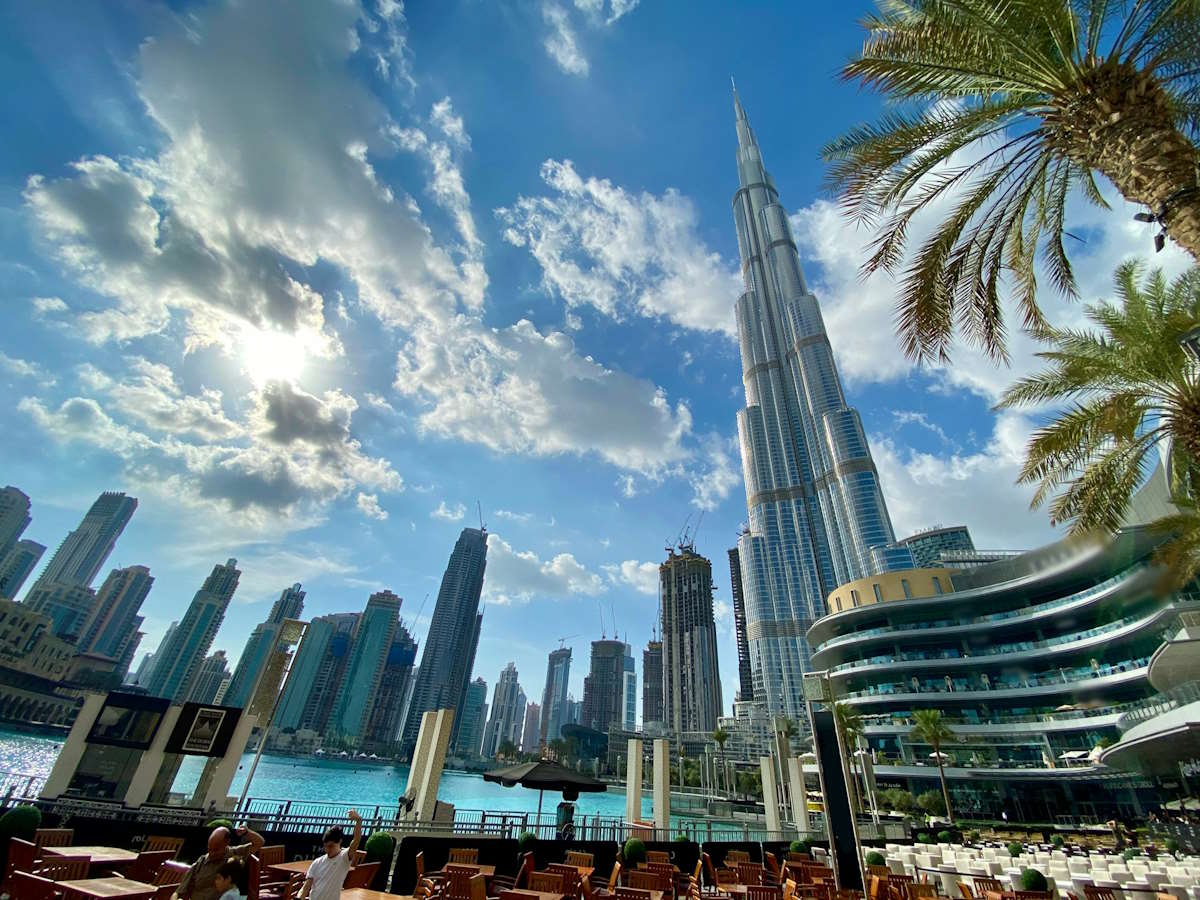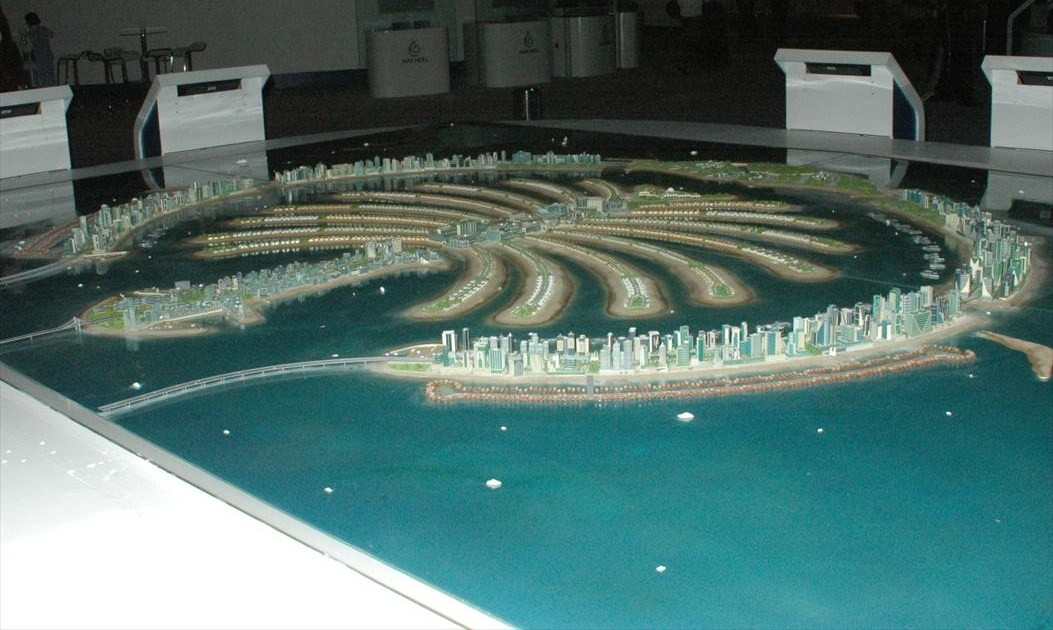Palm Jumeirah has long been the crown jewel of Dubai’s coastline. A true triumph of design and branding that helped cement the city’s global reputation for doing what has never been done before. Fast forward to today and a new contender has entered the frame: Palm Jebel Ali. It’s bigger, newer, and less constrained by the architectural and zoning decisions of the early 2000s. Here’s why it might just surpass its older sibling in the years ahead.

Twice the Size Means More Flexibility
Palm Jebel Ali spans roughly 13.4 square kilometres, more than double the area of Palm Jumeirah. This gives Nakheel and city planners more room to experiment with larger villas, open green spaces, and futureproof infrastructure. That size also allows for greater separation between residential and hospitality zones; something Palm Jumeirah struggles with. It also opens up opportunities for larger plots, more breathing space between homes, and dedicated leisure corridors not possible on the original Palm.
Designed for Today’s Buyer, Not Yesterday’s Investor
Whilst both are developed by the same developer, Nakheel, Palm Jumeirah was built at a time when bulk units and high-rise density were the norm. In contrast, Palm Jebel Ali is being shaped in an era that values low-density living, beach access, and smart mobility. The market is shifting toward privacy and personalization, and this new island answers that shift more directly. Buyers today are seeking lifestyle-first environments, with wellness spaces, walkability, and genuine beachfront connection—not just square footage.
A Green and Blue Masterplan
One of the less-talked-about features is how the new island incorporates sustainability. The use of solar energy, electric transport lanes, and ecological beach restoration are all built into the vision from the start. Even stormwater drainage and sea wall designs reflect modern climate resilience. The water circulation systems around the fronds have been redesigned to improve marine health—an issue Palm Jumeirah has battled with over the years.
Luxury Without Noise
While Palm Jumeirah is vibrant, it’s also extremely busy. Traffic, noise, and tourism are part of daily life so much so that living on the island feels like living in a place designed primarily for tourism. Palm Jebel Ali aims to deliver a quieter, more residential feel and offer a beachfront living that’s genuinely serene, not just scenic. This makes it appealing for long-term residents who aren’t looking for hotel-like energy every day. The Palm Jebel Ali masterplan avoids heavy retail nodes and instead leans into lifestyle amenities that prioritize peace over footfall.
Newer Infrastructure, Smarter Utilities
From fiber optic connectivity to flood-resistant utility corridors and EV charging ports at every villa, the technical side of Palm Jebel Ali is leaps ahead of the original Palm’s dated foundations. This will likely reduce maintenance costs and future-proof the quality of life this community will offer. Villas will be built with green building standards, and even public areas will feature solar lighting and energy-efficient systems.
Nakheel’s Steady Rollout Strategy
Palm Jebel Ali isn’t being mass sold in a matter of weeks or months. Instead, Nakheel is releasing villas in curated phases, allowing pricing to remain strong and resale markets to stay competitive. That controlled supply makes it more likely to not only retain but also grow its value in both the short and long term. Each phase benefits from lessons learned and feedback from early buyers. And with demand far exceeding supply, this measured approach helps prevent the kind of speculative volatility Palm Jumeirah has occasionally seen.

Palm Jebel Ali’s Long-Term Liveability
Palm Jebel Ali isn’t trying to be the flashiest address on Instagram. Although it does that without trying it’s aiming to be the most liveable high-end island community in Dubai. With better transport links, more schools, less commercial clutter, and thoughtful urban planning, it may just become the long-term winner. If Palm Jumeirah was built to impress, Palm Jebel Ali seems built to impress and endure.
The development will also integrate a public transport connection—a future monorail and water taxi network that reduces car dependency and encourages fluid movement across the island. Bike paths and jogging trails will be embedded into the community fabric, not bolted on as an afterthought as its often the case with similar developments.
What’s also notable is the investor psychology behind Palm Jebel Ali. With Dubai’s high-end market maturing, buyers are less interested in short-term flipping and more focused on legacy purchases. Homes they plan on living in and homes that will retain lifestyle value for decades. This development appeals to that sentiment in a way Palm Jumeirah never quite did. It’s a whole lot less about status and more about space, calm, and permanence.
Conclusion
By 2030, the differences may become even more obvious. One will be an aging icon that is still attractive but reaching its limits in density and evolution. The other, a refined alternative that learned from the past and planned for the future. Palm Jebel Ali isn’t here to replicate Palm Jumeirah. It’s here to replace its appeal for a new generation of buyers and residents.